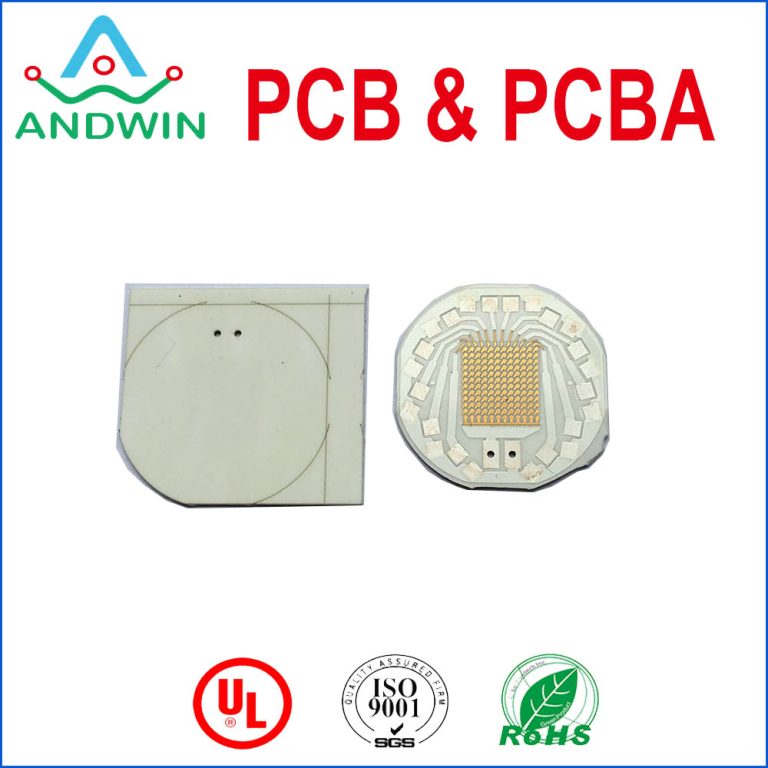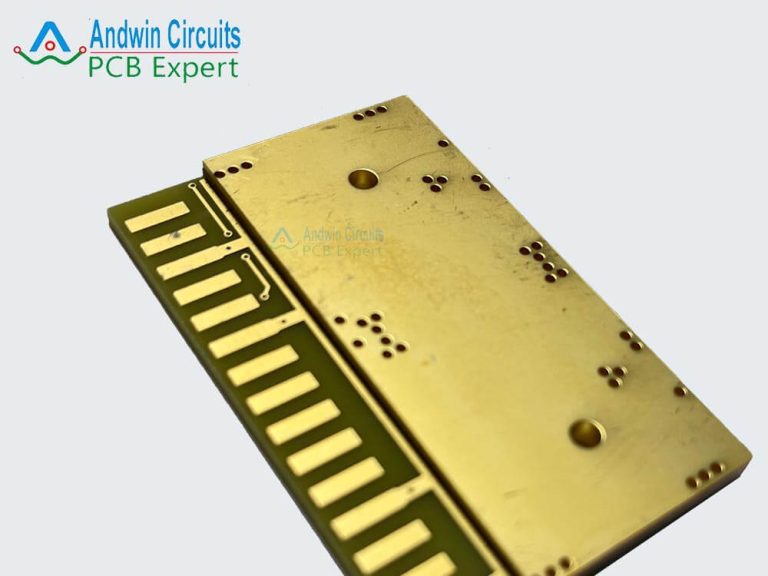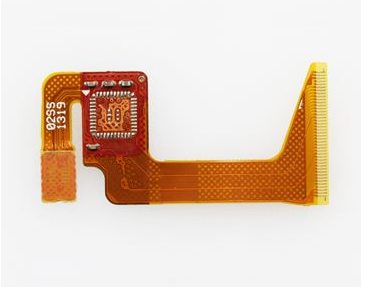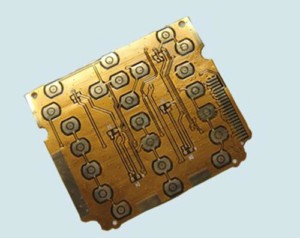4 layer flex pcb stackup used
The 4 layer flex PCB stackup is commonly used in applications where there is a need for higher density circuitry and more complex interconnections. It is often used in electronic devices such as smartphones, tablets, and laptops, as well as in medical and aerospace applications. The 4 layer flex PCB stackup allows for greater flexibility…







